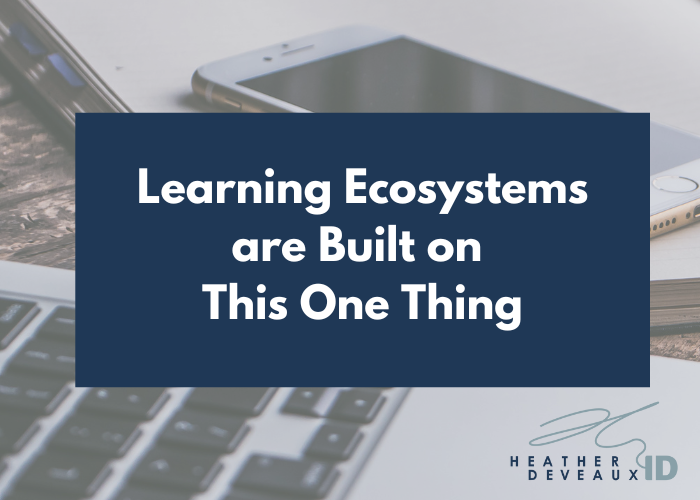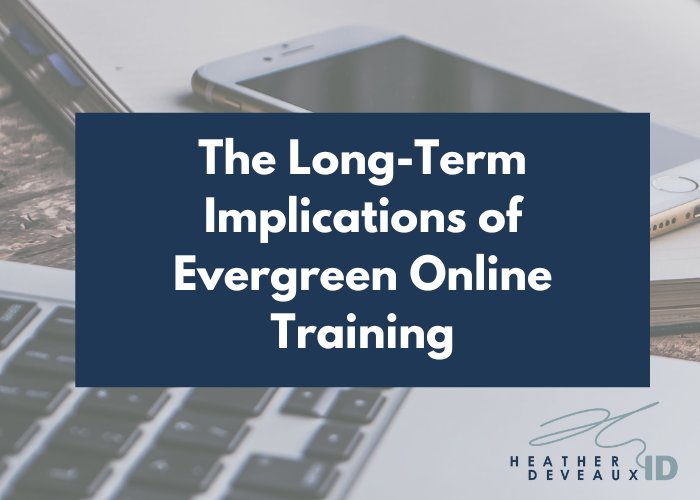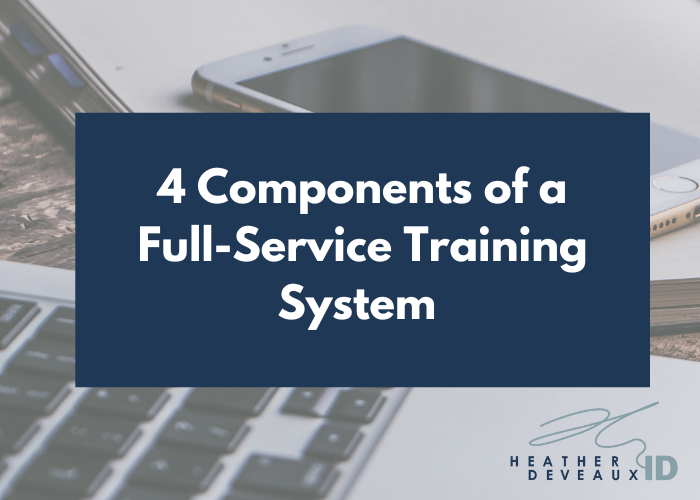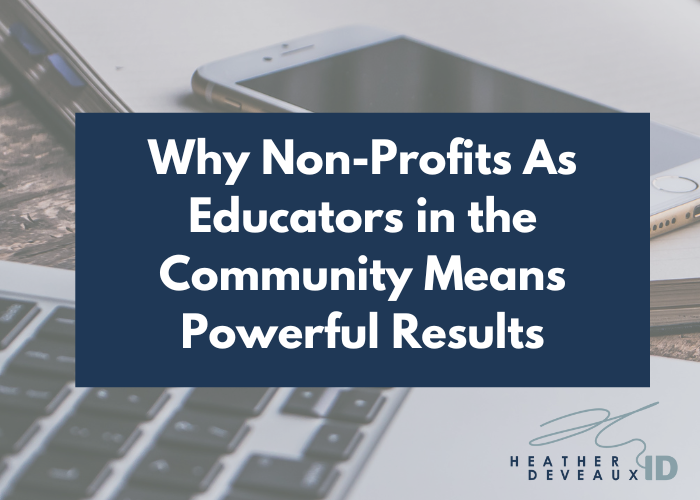Learning Ecosystems are Built on This One Thing
When it comes to developing learning ecosystems, you might have the urge to start with building your online course, but the first and most important step is conducting a thorough needs assessment. I know, conducting a needs assessment sounds hella boring, but it’s not. It’s like playing detective. And when you’ve got a problem with learning and development, the focus on collecting information is the first step to solving that problem. Whether you’re a corporate organization looking to streamline your learning and development initiatives or a non-profit aiming to deliver community training programs, understanding what needs exist is key to success.
What is a Needs Assessment?
A needs assessment is a strategic process that helps you identify gaps in knowledge, skills, or performance within your team or community. It allows you to focus your full-service learning ecosystems on the areas where training and development will make the most significant impact. Without a clear understanding of these gaps, any training effort risks being ineffective, irrelevant, or misaligned with organizational goals. But more importantly, you save yourself a lot of time and energy. Every good business knows that you need to slow down to speed up. This is what slowing down looks like for a training initiative.
How a Needs Assessment Works within a Learning Ecosystem
For corporate organizations, a well-done needs assessment ensures that training aligns with broader business objectives—whether it’s improving employee performance, increasing engagement, or fostering innovation. For non-profit organizations, the needs assessment can help tailor training to specific community education initiatives or business development programs, while balancing the funding requirements and stakeholder goals.
Comprehensive learning ecosystems is not just about delivering training content; it’s about ensuring that learning aligns with your strategic goals. A thorough needs assessment will give you a road map to build your training infrastructure around the actual needs of your workforce or community.
The best part of a conducting a needs assessment? You don’t have to do it. It’s included as part of any services offered by Heather Deveaux Instructional Design.
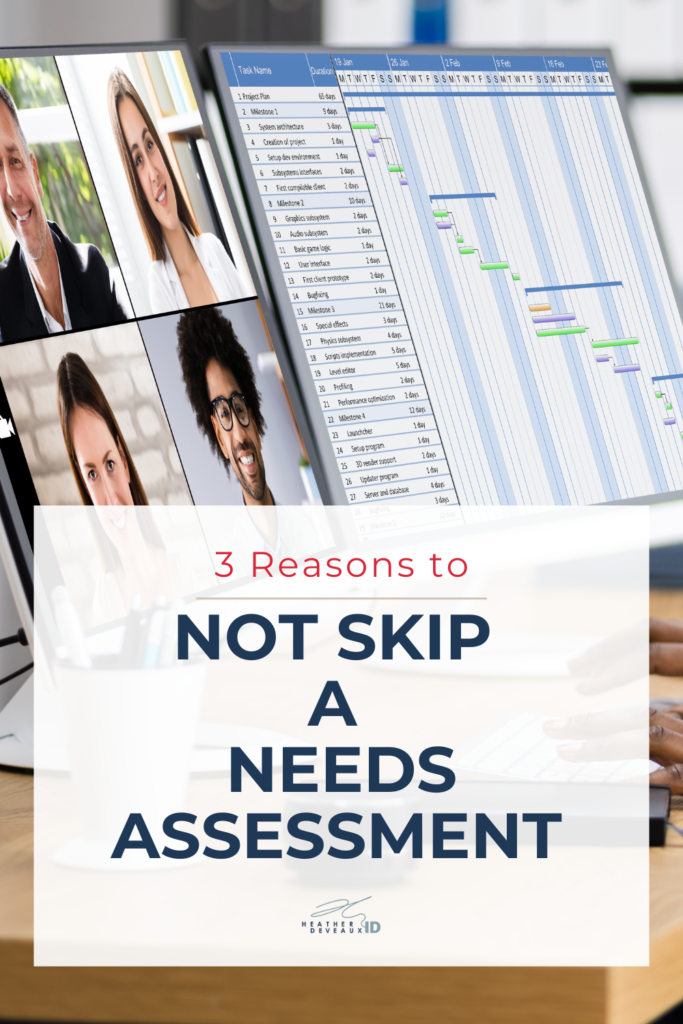
improving Learning Ecosystems with Needs Assessments
You might be in a rush to get your training into the world, and why wouldn’t you? The sooner you create your training, the sooner it can make the impact you intend. But skipping this essential step, which doesn’t have to take up as much time as you think, means your learning could suffer. Here are three reasons why you need to make the time to identify learner needs.
- Targeted Learning Solutions: By identifying what employees or community members truly need, you avoid wasting time and resources on unnecessary training programs. I can’t tell you how many times clients have come to me saying they have already created a course and now they need to make changes. It’s frustrating for them and impedes growth.
- Strategic Alignment: You ensure your learning environment supports your overall organizational objectives. There’s no point in launching a training initiative that doesn’t speak to your learners, or the values of your company. This is where businesses run into trouble: if you want your employees to learn a specific topic, you should first make sure employees need to learn that topic. What’s more, you should strive to ensure they can take new action with the training and that it improves their skills and abilities, not just their knowledge. You won’t know what those skills are that need improving without a needs assessment.
- Customized Learning Paths: You can develop full-service training solutions that cater to specific roles, departments, or community initiatives, ensuring relevance and engagement. But if you don’t know what each learner needs, then learning will fall flat and feel out of sync. Not everyone needs to learn the same things, so having a foundation on which to build your training initiatives will ensure a more customized experience.
If you’re struggling to streamline the course creation process and want to develop a full-scale system that supports the course once its built, book a call with me today. We can make beautiful courses. Together.
